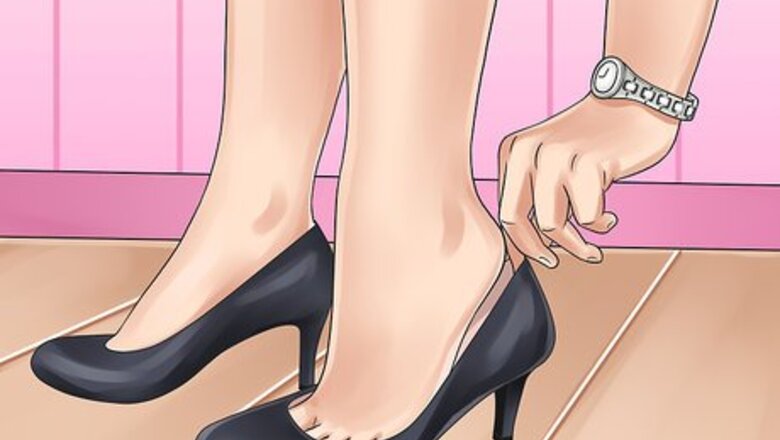
views
Being Prepared

Choose comfortable shoes with low, wide heels. The wider the heel, the better your balance will be. Make sure they're the right fit for your foot and won't chafe or pinch. Shoes with zippers or laces (such as boots) will stay on your feet more securely while you run. If you can kick them off easily without using your hands, they're probably not secure enough to run in.
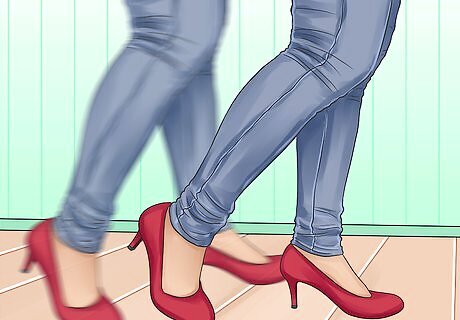
Learn how to walk in heels first. Even if you're a seasoned pro, each pair of shoes will feel a little different. Don't wear a particular pair of heels in any situation where you might have to run unless you have plenty of experience walking in them.
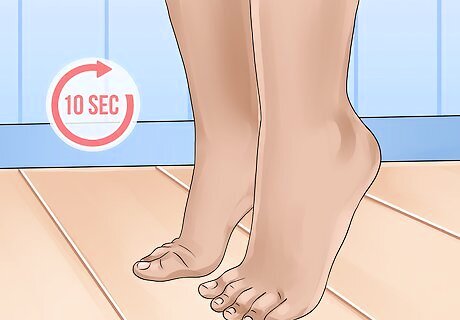
Strengthen your ankles and calves. This is especially important if you wear heels frequently, which can affect the shape and strength of your muscles. Most exercises are easy and simple, and some can be done sitting at your desk. Practice picking up small objects, like rolled-up socks, from the ground with your toes. Spell out the alphabet in the air with your toes, bending your ankle to move your toes in the proper shapes. Point your toes as hard as you can, then flex them. Repeat 10 times. While standing on the ground, or on the edge of a step with your heels hanging off, lift yourself up on your tiptoes. Hold for 10 seconds before slowly lowering yourself back down. Repeat 10 times.
Using Proper Running Form
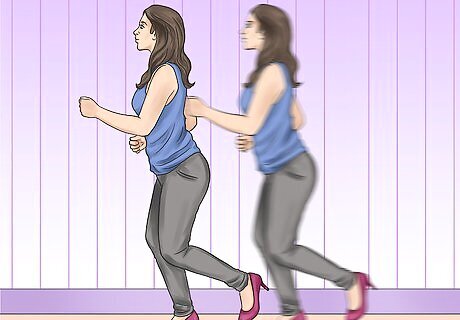
Keep your back straight and your head high. It's tempting to lean forward when running, especially on an incline, but bending at the waist will constrict the flow of your breathing and the range of your hip flexors - both of which will slow you down.
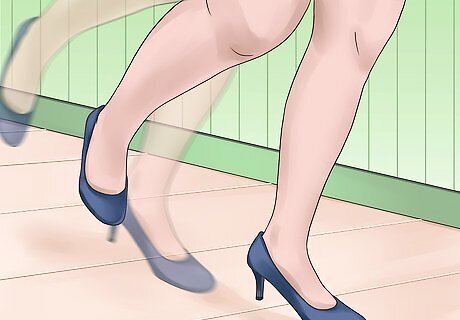
Balance your weight between your heel and toe. Generally speaking, keeping your weight in the middle of your foot when you run will give you more sustained speed. It's natural to want to stay off your heel since it's less supported, but putting too much weight on your toes will cause your muscles to tire faster.
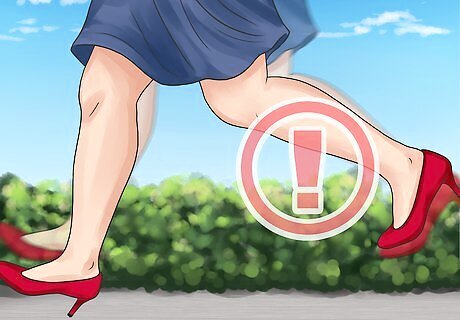
Avoid big strides. Placing your foot too far out from your body when you run can cause you to push off from your heels while they're still ahead of you. This can slow you down, harm your feet, and increase the risk of breaking your shoe's heel. Focus on short, quick strides. Visualize running through a big puddle and trying to create as little splash as possible.
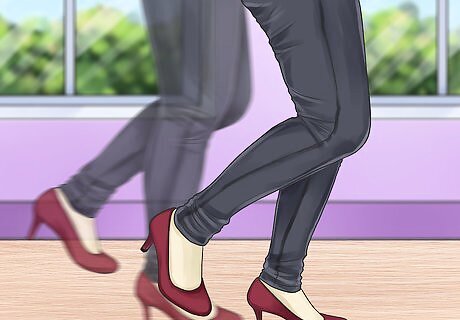
Run as lightly as you can. Avoid putting too much pressure on your feet, for both your sake and your shoes'. Pretend you're running on top of eggshells or thin ice, trying to touch the ground as little as you can.
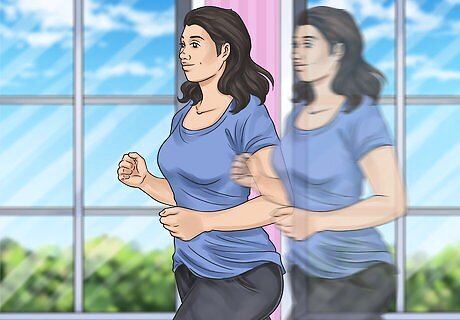
Relax your body. Believe it or not, you'll run better and faster if you don't overthink it. Too much tension will cause your muscles to tighten up and become less effective. Focus on relaxing the muscles in your shoulders, chest and face. If you find your hands clenching, loosen them.
Knowing What to Avoid
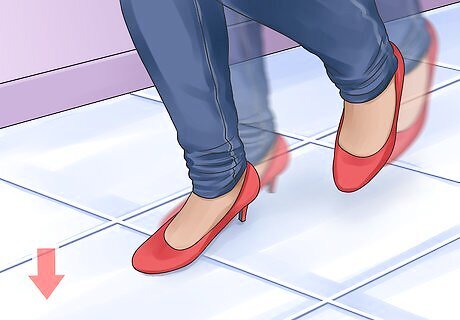
Stick to flat surfaces. Unless you're running from danger and have a clear path to safety, stay on paved or even surfaces whenever possible. If you're not near a paved area, try to choose ground that looks relatively flat and firm. Avoid grass. It may look flat, but even a well-manicured lawn can be dangerous to run on if your heel sinks into the soil.
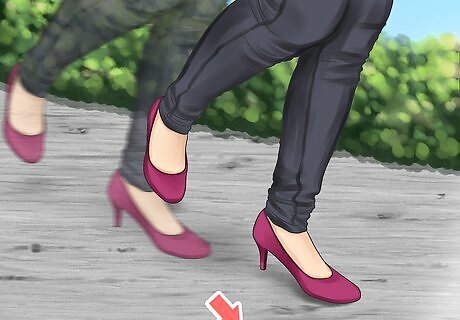
Watch for small holes and grooves in the ground. Even a paved surface may have holes or cracks that can trap thinner heels and trip you up. Keep a close eye on the ground in front of you, but make sure to watch where you're going too.
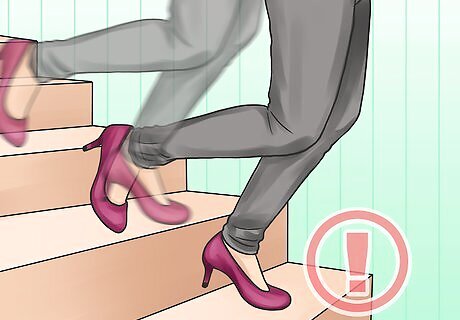
Avoid steep inclines. A downhill slope might seem like it would help you run faster, but it will put your feet at an even more awkward angle, and may in fact slow you down. Uphill slopes will be more strenuous for your leg muscles, which will make you run slower as well.
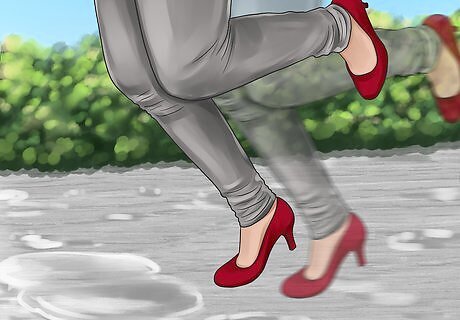
Don't jump unless you have to. Unless there's no other way to get around an obstacle, avoid even small jumps, as they will put extra pressure on your feet and shoes, and you will have to regain your balance after landing. It also may be harder to see the ground ahead when you are jumping over a large obstacle.



















Comments
0 comment